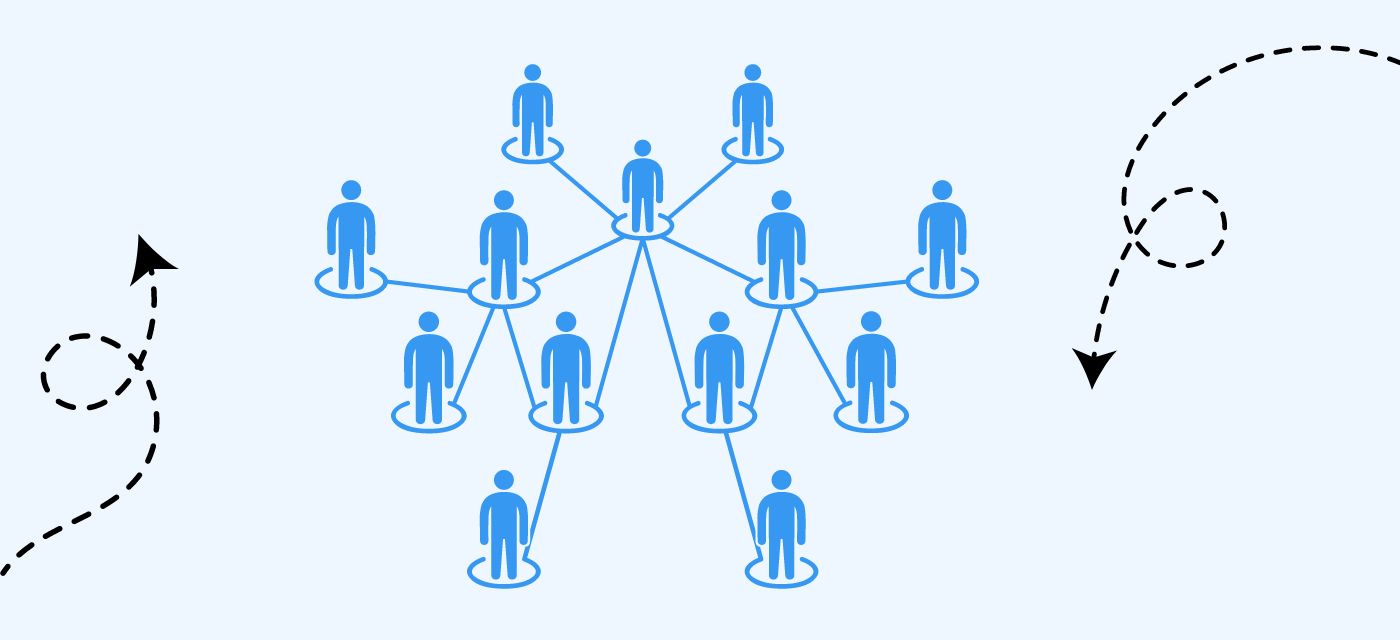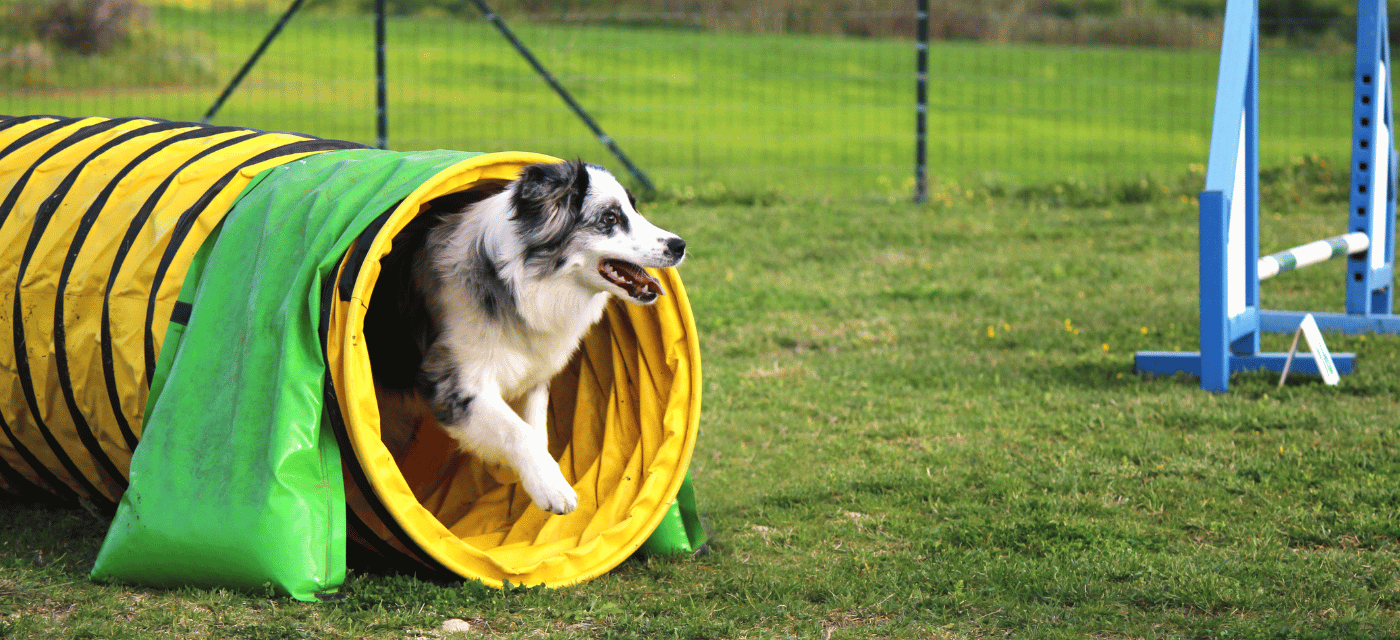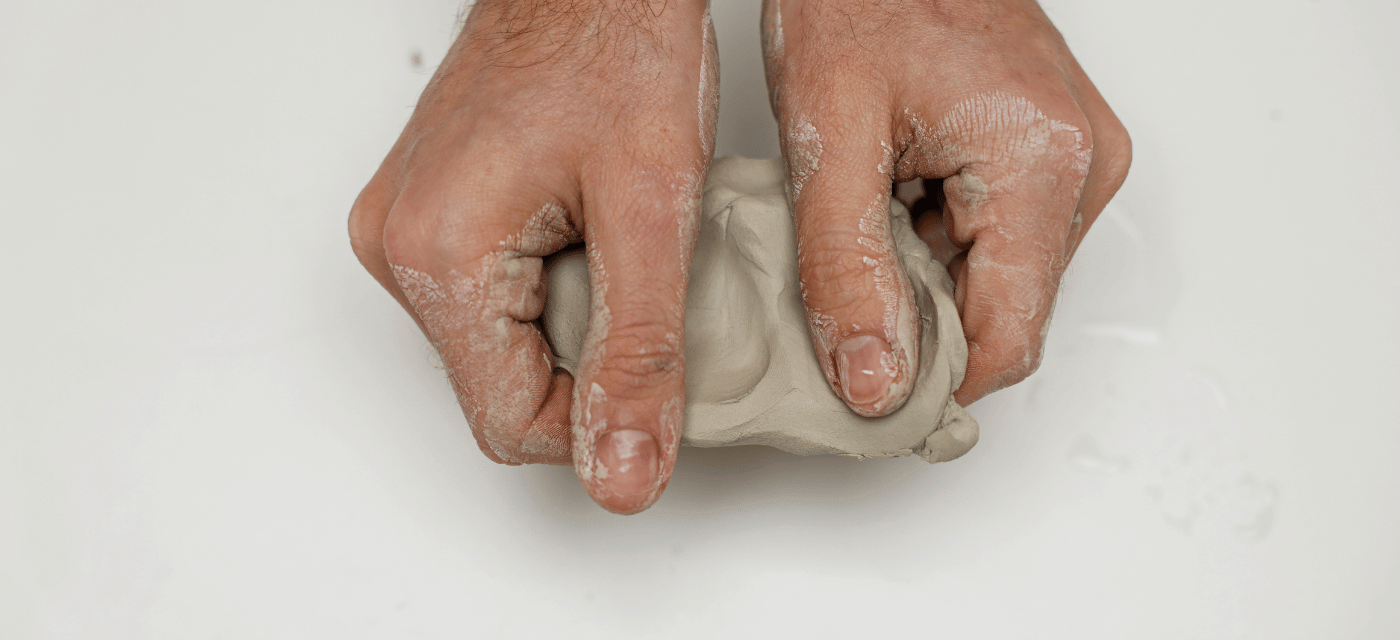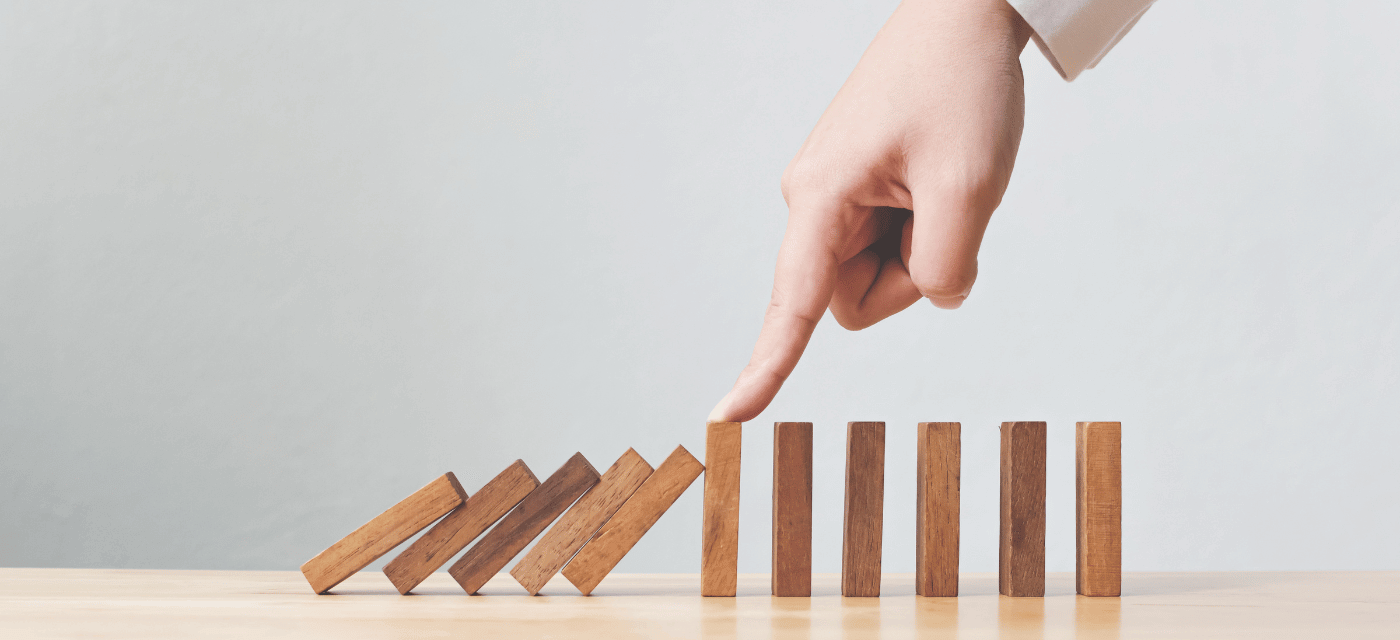McKinsey’s latest report on The State of Organisations 2023: Ten shifts transforming organisations
In today’s rapidly evolving business landscape, HR leaders face an array of challenges brought about by organisational shifts.
In 2023, these challenges become even more complex, with the need for innovative solutions more pressing than ever. Work design emerges as a powerful approach to help HR leaders address these concerns, allowing organisations to adapt and thrive amidst change.
In this blog post, we’ll explore how work design and role design can help HR leaders tackle the challenges presented by the trends outlined in a recent McKinsey article. By delving into these strategies, we’ll uncover how HR leaders can leverage work design to navigate the organisational shifts of 2023 and beyond, empowering businesses to stay ahead of the curve.
Overview of Organisational Shifts in 2023
Summary of the trends from the McKinsey report
The McKinsey article highlights several key trends that are expected to shape the organisational landscape in 2023.
These trends include:
- A shift toward purpose-driven organisations, with a focus on values, societal impact, and stakeholder capitalism.
- The rise of remote and hybrid work models, leading to increased demands for flexibility and digital collaboration.
- A growing emphasis on diversity, equity, and inclusion (DEI), as organisations recognize the importance of fostering an inclusive and equitable work environment.
- The need for continuous reskilling and upskilling, as technological advancements and shifting job roles require employees to adapt and acquire new skills.
- A shift in leadership styles, with a greater focus on empathy, emotional intelligence, and adaptability.
The impact of these trends on HR
The organisational shifts outlined present HR leaders with several significant challenges. As organisations evolve and adapt to these trends, HR must work to:
- Align employees with the organisation’s purpose and values, ensuring that they feel connected and engaged with their work.
- Manage remote and hybrid work arrangements, ensuring effective communication, collaboration, and employee well-being.
- Implement comprehensive DEI initiatives that foster a sense of belonging and create a fair and inclusive work environment.
- Develop strategies for continuous learning and development, helping employees acquire the skills necessary to succeed in their roles.
- Support and develop empathetic, adaptable leaders who can effectively navigate the changing business landscape.
These challenges, while complex, can be addressed through the strategic implementation of work design principles, empowering HR leaders to create a workforce that is adaptive, engaged, and primed for success.
The Role of Work Design in Tackling HR Challenges
How work design can help address the challenges posed by organisational shifts
Work design is the process of optimising the way work is structured and executed within an organisation. It encompasses aspects such as job crafting, role design, and team collaboration, ensuring that tasks, responsibilities, and goals are aligned with both the organisation’s objectives and employees’ strengths and preferences.
Here’s how work design can help HR leaders tackle the challenges arising from the organisational shifts in 2023:
Aligning employees with purpose and values
Work design enables HR leaders to create roles and responsibilities that align with the organisation’s purpose and values, fostering a sense of meaning and engagement among employees.
Supporting remote and hybrid work
By optimising work processes and communication channels, work design helps HR leaders create effective remote and hybrid work models that enable employees to collaborate seamlessly across different locations.
Enhancing DEI efforts
Through thoughtful role design, HR leaders can promote diversity and inclusion by crafting positions that accommodate different skill sets, backgrounds, and work preferences, ensuring equal opportunities for all employees.
Facilitating continuous learning
Work design can support ongoing reskilling and upskilling by identifying skill gaps and designing roles that provide opportunities for employee growth and development.
Developing adaptive leaders
By promoting a culture of collaboration and adaptability, work design encourages the development of empathetic, emotionally intelligent leaders who can navigate the evolving organisational landscape.
Role design as a key component of work design
Role design is a critical aspect of work design, as it focuses on creating clear, well-defined job roles that align with organisational goals and employee strengths. By crafting roles that provide employees with a sense of purpose, autonomy, and ownership, HR leaders can foster higher levels of engagement, satisfaction, and productivity, ultimately supporting the organisation’s ability to adapt and thrive amidst ongoing shifts.
Strategies for Implementing Work Design to Solve HR Challenges
Aligning roles with organisational goals and employee strengths
To create roles that align with both organisational objectives and individual employee strengths, HR leaders should:
- Conduct thorough job analyses to determine the core tasks, skills, and responsibilities required for each role, ensuring that each position is structured in a way that supports the organisation’s strategic goals.
- Identify employee strengths and preferences through assessments, surveys, and one-on-one discussions, taking into account not only their technical skills but also their interpersonal and problem-solving abilities.
- Match employees with roles that best suit their unique abilities and aspirations, ensuring a strong alignment between individual strengths and organisational needs, which ultimately leads to improved performance and job satisfaction.
- Monitor and reassess role alignment periodically, making adjustments as needed to accommodate changes in the organisation’s goals, employee skillsets, or market conditions.
Encouraging job crafting and role customisation
Job crafting allows employees to tailor their roles to better suit their strengths, interests, and goals. HR leaders can support job crafting by:
- Encouraging employees to take ownership of their roles and proactively seek out opportunities to shape their work, such as taking on new projects, collaborating with different teams, or exploring new ways to approach tasks.
- Providing resources and guidance to help employees identify potential areas for role customisation, including training programs, workshops, and mentoring opportunities that can facilitate skill development and career growth.
- Collaborating with employees to ensure that job crafting efforts align with organisational objectives and do not compromise team dynamics or performance, while still allowing for a degree of autonomy and flexibility.
- Creating a supportive environment that encourages innovation and experimentation, fostering a culture where employees feel empowered to customise their roles and contribute to the organisation’s success in unique ways.
Fostering effective team collaboration
Work design can help HR leaders build high-performing teams by:
- Ensuring that team members have complementary skills and diverse perspectives, promoting a balanced mix of expertise and experience that can enhance problem-solving and decision-making capabilities.
- Encouraging open communication, knowledge sharing, and collaborative problem-solving by providing clear guidelines for team interactions, establishing regular check-ins and feedback sessions, and promoting a culture of trust and respect.
- Providing teams with the tools, resources, and autonomy they need to work effectively and innovate, including access to digital collaboration platforms, flexible work arrangements, and opportunities for cross-functional collaboration.
- Setting clear expectations and objectives for team performance, ensuring that all members understand their roles and responsibilities and are working towards shared goals.
Supporting remote and hybrid work arrangements
To optimise remote and hybrid work models, HR leaders should:
- Implement work design principles that promote effective communication and collaboration across different locations, including the establishment of clear communication protocols, the use of digital collaboration tools, and the regular sharing of team updates and progress reports.
- Provide employees with the necessary tools and technology to work efficiently from home or other remote locations, including access to high-speed internet, reliable hardware, and secure software solutions.
- Regularly assess employee well-being, engagement, and productivity in remote and hybrid work settings, conducting surveys and check-ins to gather feedback and identify areas for improvement.
- Establish guidelines for remote work etiquette, including expectations around response times, virtual meeting etiquette, and availability during working hours, to ensure that all team members are able to collaborate effectively and maintain a healthy work-life balance.
Enhancing employee engagement and satisfaction
Work design can help HR leaders boost employee engagement and satisfaction by:
- Creating roles that provide employees with a sense of purpose, autonomy, and ownership, enabling them to see the direct impact of their work on the organisation’s success and fostering a sense of pride and commitment.
Promoting diversity, equity, and inclusion through work design
Work design can play a significant role in advancing diversity, equity, and inclusion (DEI) initiatives within organisations. To leverage work design for DEI efforts, HR leaders should:
- Ensure that job descriptions and role requirements are inclusive and unbiased, avoiding language that may inadvertently discourage certain groups from applying or limit the diversity of applicants.
- Implement flexible work arrangements that accommodate employees with diverse needs and preferences, such as remote work options, flexible hours, and job-sharing opportunities, making the organisation more accessible to a wider talent pool.
- Foster an inclusive work environment by creating diverse teams, providing DEI training for employees, and promoting a culture of openness, respect, and empathy.
- Regularly review and assess the organisation’s DEI initiatives, gathering feedback from employees and making adjustments as needed to ensure that work design practices continue to support a diverse and inclusive workforce.
Supporting continuous learning and development
Work design can play a crucial role in facilitating continuous learning and development among employees. To promote ongoing reskilling and upskilling, HR leaders should:
- Implement a comprehensive learning and development strategy that includes a mix of formal training programs, on-the-job learning opportunities, and self-directed learning resources, ensuring that employees have access to the tools and support they need to grow their skills.
- Incorporate skill development and learning objectives into role design, creating opportunities for employees to expand their expertise and apply new skills in their day-to-day work.
- Establish a culture of continuous learning, where employees are encouraged to share their knowledge, seek out new challenges, and embrace a growth mindset.
- Monitor employee skill development, identifying areas for improvement and working with employees to create customised learning plans that align with both their individual career goals and the organisation’s strategic objectives.
By implementing these work design strategies, HR leaders can effectively address the challenges presented by the organisational shifts of 2023, creating a workforce that is adaptive, engaged, and primed for success in a rapidly changing business landscape.
These strategies not only help organisations navigate the challenges at hand but also ensure long-term success by fostering a strong, resilient, and inclusive workforce.
Case Studies: Work Design Success Stories
Examples of companies that have successfully leveraged work design to address HR challenges resulting from organisational shifts
Company A: Aligning roles and fostering collaboration
Datacom collaborated with Beamible and Q5 to create flexible work guidelines that catered to the needs of their employees while maintaining productivity. The Beamible platform helped Datacom identify and address the sources of excessive workloads, leading to significant time and cost savings**.**
Beamible helped a B Lab employee reduce her weekly hours from 60 to 38 without impacting outcomes. The platform enabled the organisation to focus on the right priorities and ensure that work was distributed effectively among team members, resulting in a more sustainable workload for employees**.**
By implementing Beamible’s TeamFlex framework, General Mills removed concerns about returning to the office and achieved the highest engagement on record. The platform allowed the company to design roles and work schedules that catered to employees’ needs while maintaining a focus on business priorities**.**
Tools and Resources for Implementing Work Design
Work design platforms and tools
Beamible is a work design platform that helps organisations optimise their workforce by aligning employee strengths with job requirements, promoting job crafting, and fostering effective collaboration. It offers powerful analytics and reporting features that enable HR leaders to make data-driven decisions and measure the impact of their work design initiatives.
Trello is a project management tool that can be used to facilitate work design by helping teams collaborate effectively, manage tasks, and monitor progress. Its intuitive interface and customisable boards make it easy for employees to visualise their work and track the progress of their projects.
Slack is a communication platform that can support work design by enabling seamless communication and collaboration among remote or hybrid teams. Its channels, direct messaging, and integrations with other tools help teams stay connected and work efficiently, regardless of location.
Training and development resources
LinkedIn Learning offers a vast library of online courses, including several that focus on work design principles and best practices. By providing employees with access to these resources, HR leaders can support continuous learning and skill development, fostering a culture of growth and adaptability.
Australian Human Resources Institute (AHRI)
AHRI is Australia’s leading professional association for human resources practitioners, offering a wide range of resources, including training programs, workshops, webinars, and networking events, to help HR professionals stay informed about the latest work design trends and best practices.
AHRI also provides accreditation and certification programs to enhance the skills and credibility of HR professionals. By leveraging AHRI’s resources, HR leaders can gain valuable insights and practical guidance on work design implementation and other HR challenges, fostering a culture of growth and adaptability within their organisations.
Local workshops and seminars
Many universities and professional organisations offer workshops and seminars on work design, job crafting, and related topics. By encouraging employees to attend these events, HR leaders can provide hands-on training and support for their work design initiatives.
Conclusion
The organisational shifts of 2023 present HR leaders with numerous challenges, ranging from remote and hybrid work models to the need for continuous learning and adaptability. By leveraging work design principles and strategies, HR leaders can address these challenges head-on, creating an adaptive and resilient workforce that is well-equipped to navigate the ever-changing business landscape.
Through aligning roles with organisational goals and employee strengths, encouraging job crafting and role customisation, fostering effective team collaboration, supporting remote and hybrid work arrangements, enhancing employee engagement and satisfaction, promoting DEI initiatives, and facilitating continuous learning and development, HR leaders can create a work environment that is both supportive and dynamic.
By taking a proactive approach to work design, HR leaders can not only help their organisations thrive in the face of ongoing change but also set the stage for long-term success by building a workforce that is engaged, diverse, and committed to continuous growth and improvement. In this way, work design serves as a powerful tool for HR leaders to navigate the complexities of the modern workplace and drive meaningful, lasting change within their organisations.





